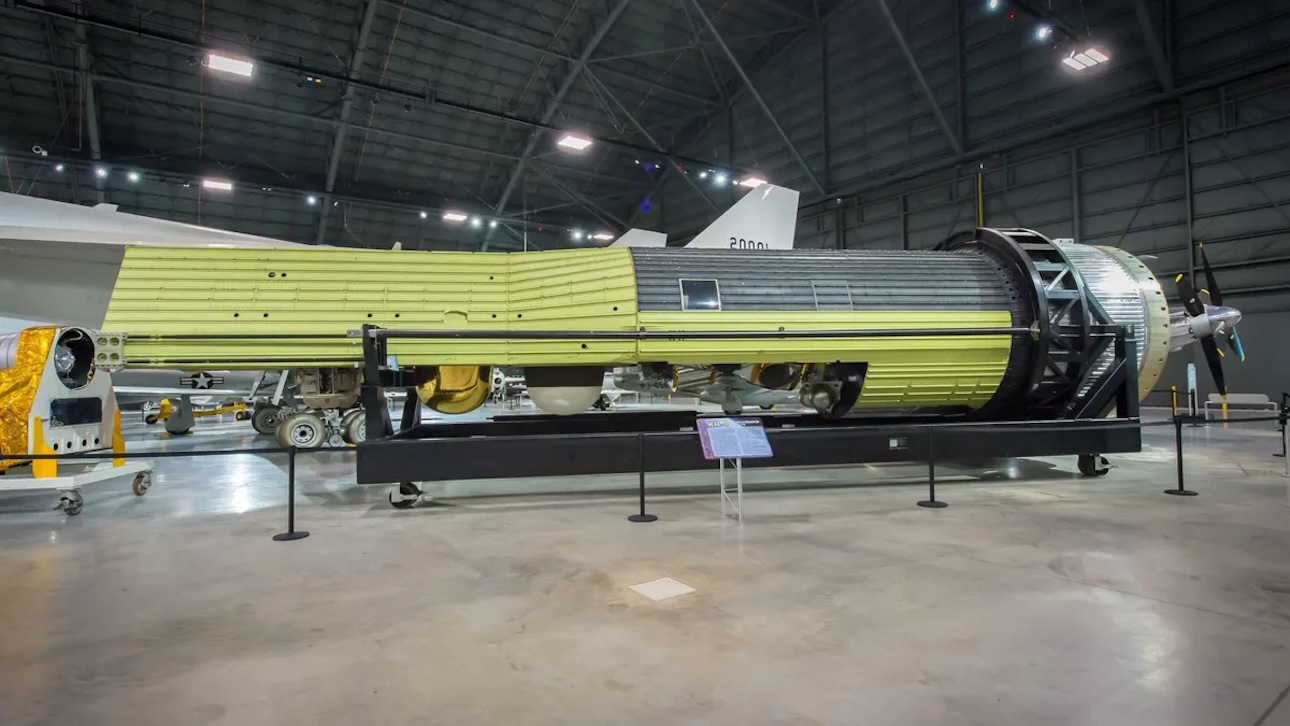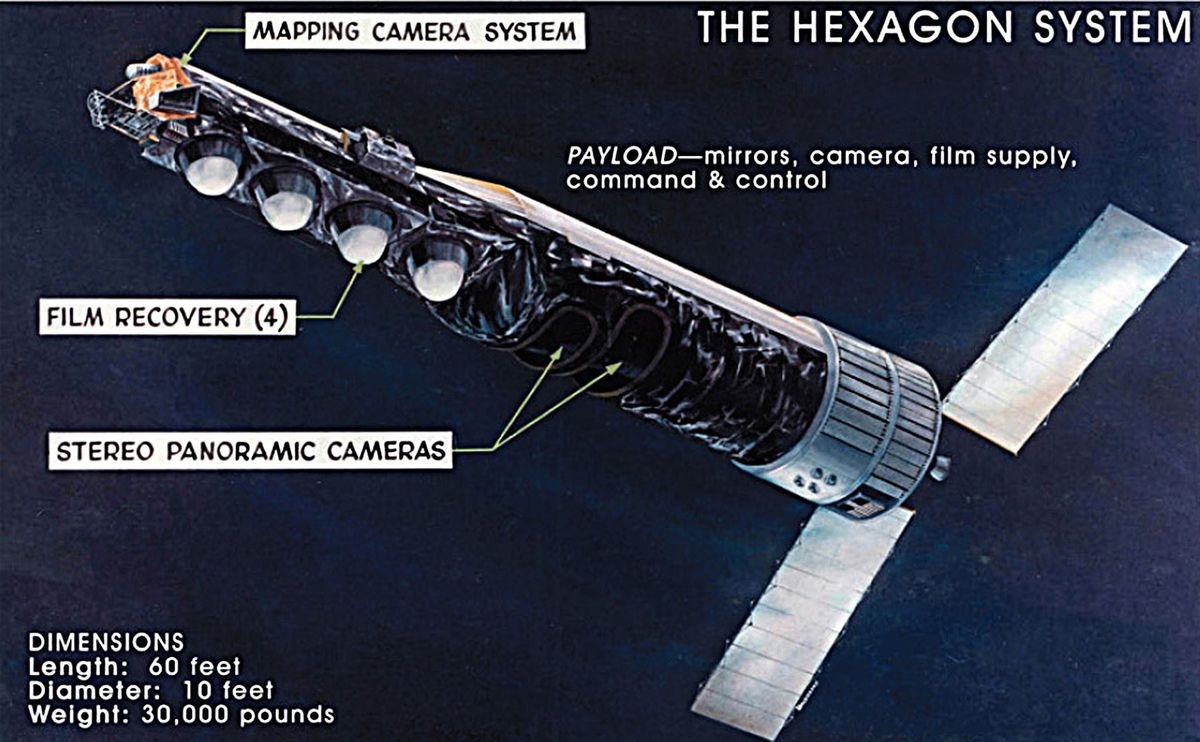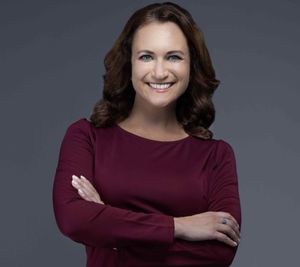'Lost' satellite finally found after orbiting undetected for 25 years
The Infra-Red Calibration Balloon (S73-7) satellite had gone off the grid from radar not once but twice — once in the 1970s and then again in the 1990s. After 25 years missing in orbit, it has finally been rediscovered.

After 25 years of drifting undetected in space, an experimental satellite that launched in 1974 has been found using tracking data from the U.S. Space Force.
The Infra-Red Calibration Balloon (S73-7) satellite started its journey into the great unknown after launching on April 10, 1974 through the United States Air Force's Space Test Program. It was originally contained in what was called "The Hexagon System" in which S73-7, the smaller satellite, was deployed from the larger KH-9 Hexagon once in space. S73-7 measured 26 inches wide (66 centimeters) and began its life heading into a 500 mile (800 kilometers) circular orbit.
While in orbit, the original plan was for S73-7 to inflate and take on the role as a calibration target for remote sensing equipment. After this failed to be achieved during deployment, the satellite faded away into the abyss and joined the graveyard of unwanted space junk until it was rediscovered in April.
In an interview with Gizmodo, Jonathan McDowell, an astrophysicist from the Harvard-Smithsonian Center for Astrophysics, shared he had studied the data archives and discovered that before the recent finding, it had gone off the grid from radar not once but twice — once in the 1970s and then again in the 1990s.
Related: Radar images show Europe's doomed ERS-2 satellite buckle and burn during final orbits of Earth
The S73-7 satellite has been rediscovered after being untracked for 25 years. New TLEs for object 7244 started appearing on Apr 25. Congrats to whichever @18thSDS analyst made the identification. pic.twitter.com/YJOow5o4NDApril 29, 2024
"The problem is that it possibly has a very low radar cross section," McDowell told Gizmodo in a phone interview. "And maybe the thing that they're tracking is a dispenser or a piece of the balloon that didn't deploy right, so it's not metal and doesn't show up well on radar."
It's not an easy task to know the location and identity of every single object that's in orbit as there are more than 20,000 at the moment. By using ground-based radar as well as optical sensors, space junk can be tracked and when appropriate put into a satellite catalogue, but determining exactly what each item is has challenges. The sensors can pick up on an object in orbit but then it has to be matched with a satellite that's also on the same path.
Sign up for the Live Science daily newsletter now
Get the world’s most fascinating discoveries delivered straight to your inbox.
"If you've got a recent orbital data set, and there's not too many things that are similar orbit, it's probably an easy match," McDowell said. "But if it's a very crowded bit of parameter space, and you haven't seen it for a while, then it's not so easy to match up."

Post launch, ground engineers have a good idea of where a satellite is headed and the altitude it's expected to drift to. With this information in the log, they can take a look back at the progression and compare it to where the satellite was last reported. However, to throw a wrench into that, if there's are any alteration to the original maneuvering plans or if a satellite drifts in orbit, engineers have more work to do to find it again.
"If you don't know exactly where the maneuver was, you may have trouble locating it," McDowell said. "If I rewind the orbit of an object and fast forward for the missing object, do they meet and is the point where they meet where the maneuver happened?"
That's why a discovery like this is a win for the men and women trying to keep track of the tens of thousands of lost satellites and other debris orbiting our planet. But as more and more satellites head into space, the task will become even greater to know what exactly is out there and what threats that could pose.
"If you're missing one or two objects, that's not a huge risk," McDowell told Gizmodo. "But you want to do as good a job as you can."
Originally posted on Space.com.

Meredith is a regional Murrow award-winning Certified Broadcast Meteorologist and science/space correspondent. She most recently was a Freelance Meteorologist for NY 1 in New York City & the 19 First Alert Weather Team in Cleveland. A self-described "Rocket Girl," Meredith's personal and professional work has also been recognized over the last decade. This includes the inaugural Valparaiso University Alumni Association First Decade Achievement Award, two special reports in News 12's Climate Special "Saving Our Shores" that won a Regional Edward R. Murrow Award, multiple Fair Media Council Folio & Press Club of Long Island awards for meteorology & reporting, and a Long Island Business News & NYC TV Week "40 Under 40" Award. Meredith's 15 year career includes a wide variety of experience across the US stemming from her internship at WGN-TV in Chicago. Meredith worked at local television stations in New York, Ohio, South Dakota, Florida, and California and nationally with WeatherNation. Meredith is also an accomplished reporter, producing weather and science stories. This includes rocket launches at Vandenberg Space Force Base and Cape Canaveral, in depth special reports and features on NOAA's GOES-R and JPSS satellite series, and coverage on some of NASA's biggest accomplishments. She's interviewed some of the top scientists and leaders of the space & science community, being selected as the only meteorologist to travel with the GOES-West satellite from Colorado to Florida in 2017 on the C-5M Super Galaxy. Meredith frequents as a panel moderator at the Space Symposium & Satellite Conference, has been a judge for the Space Foundation's Space Technology Hall of Fame & reoccurring moderator for Foundation for the Future. Meredith spends countless hours doing school, career, & motivational talks and podcasts to help encourage women pursuing STEM careers and inspire our future generations. She moderates panels, serves as emcee for events, & conducts interviews to further storytelling on space & science topics.










